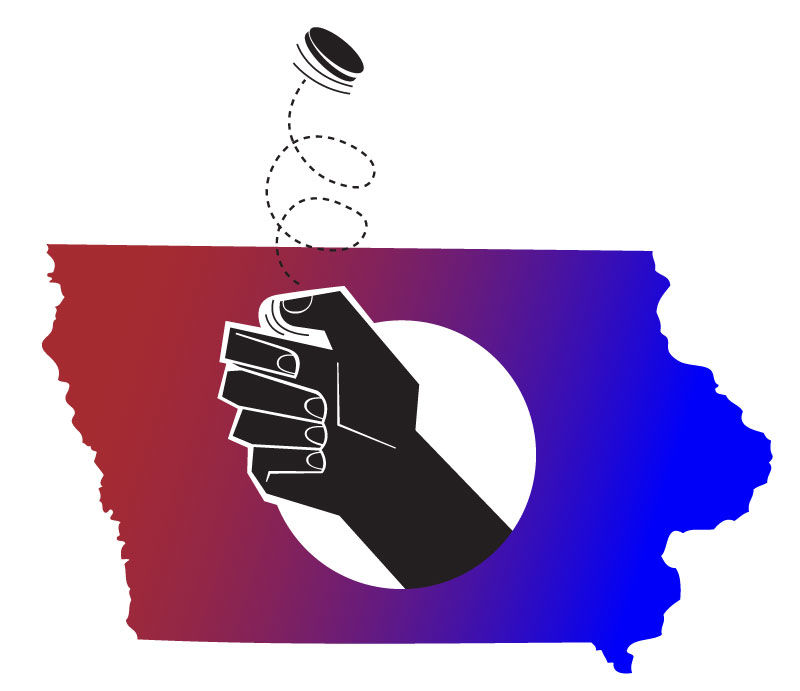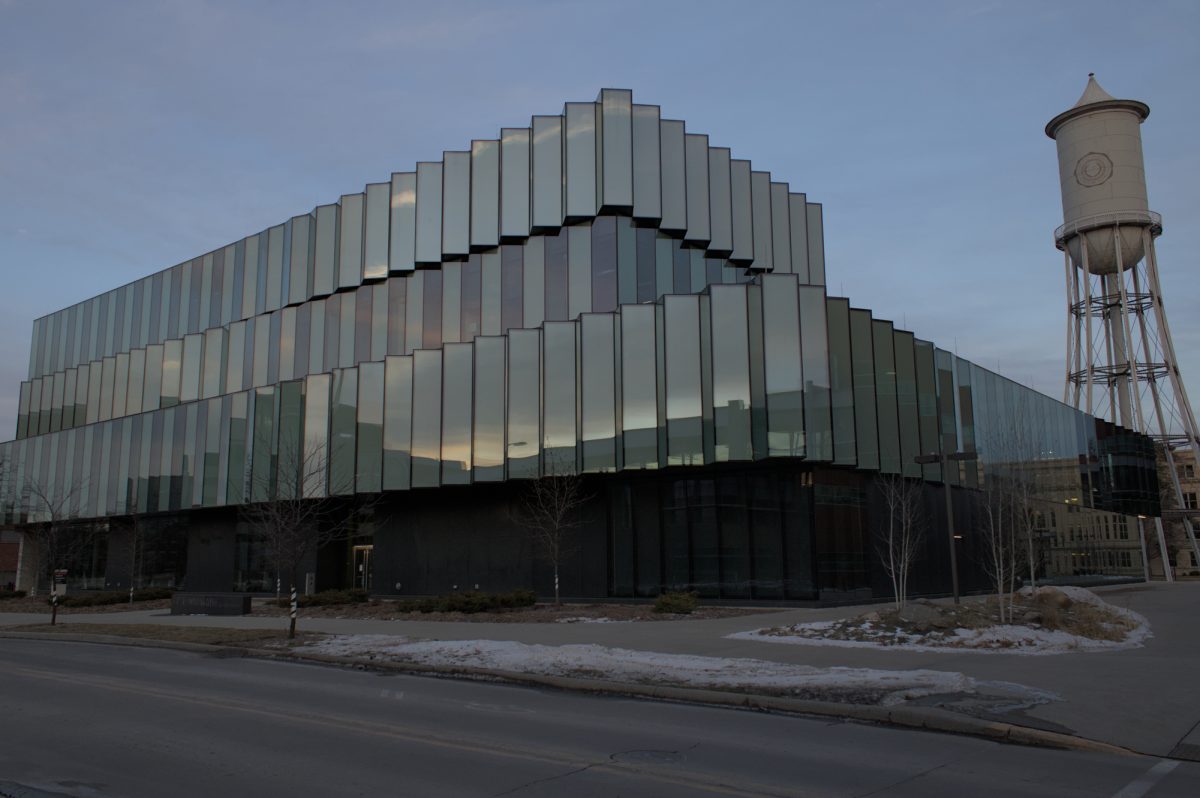Democrats positioned to flip multiple state, national seats
With Election Day drawing near, many local, county and federal seats are a toss up, but how many seats will flip? Only time will tell.
November 5, 2018
The 2018 midterms will decide the course of the state and federal government in many ways.
Races across the state are hotly contested and citizens from all walks of life are energized to vote. All the attention means one thing: upsets are possible and some seats may flip political parties.
The most watched race is for the position of Iowa’s governor of which Kim Reynolds is the incumbent.
Reynolds became governor after Republican Terry Branstad left the position early in 2017 so she hasn’t had to campaign as the main candidate until now. Her opponent Fred Hubbell is the Democratic party’s candidate and has experience in the private sector and government work.
Hubbell’s focus on higher education has been about cuts in funding for Iowa’s universities which increases costs for those attending. He is promising to increase support for universities but hasn’t fully clarified how that will be accomplished yet.
Senior Lecturer Kelly Shaw said this focus may be in an effort to reach a new demographic but while also being a common Democrat positions.
“The Democrats have always been better at reaching young people than the Republicans,” Shaw said.
Reynolds is taking a different approach to her campaign. Her focus is on the strong state of the economy. The Iowa budget has surpassed many people’s expectations and is currently at a surplus.
Historically speaking, when an economy is doing well, citizens tend to vote for the incumbent who helped to initiate the improvement. This may be an added challenge for Hubbell as Shaw says, “People will vote with their pocketbook.”
Nevertheless, Hubbell is leading in several polls indicating that the governor’s race will be very competitive.
Elsewhere in the state, there are many expected tight congressional races. In the first congressional district, Republican incumbent Rod Blum is expected to lose his election against Democrat Abby Finkenauer.
Blum has recently been involved in a scandal where he failed to disclose his role in an internet marketing company on a required form and is now under a U.S. House ethics committee investigation. Finkenauer is looking to capitalize and help her party win back a majority in the U.S. House of Representatives.
In the third congressional district, Republican incumbent David Young is essentially tied with his Democratic opponent, Cindy Axne.
The final major House race that is expected to be a close contest is in the fourth congressional district which contains Story County. Republican incumbent Steve King is facing Democrat J.D. Scholten. Shaw said King has not had a very difficult time winning his district in the past years, but this time, things are different.
“Scholten has run a great campaign…he has a fundraising advantage,” Shaw said.
King hasn’t run many advertisements in this election while Scholten has been very active on TV and online. In addition to this, King has lost some support among his party and base for statements and endorsements that are controversial to many people.
Despite the trouble he is experiencing with his campaign, Shaw still says “I think it’s King’s to lose.”
Overall, there is the potential for a shift of power across the state and the nation. Fred Hubbell is in a good position to take the governor’s position and if the currently Republican-dominated Iowa legislature loses its ability to override a veto, he could put a halt to the Republican agenda. If the Republicans can retain the Iowa House and Senate, it is likely that much more compromise will take place.
On the national scale, it is possible that two or even three of the U.S. house seats from Iowa could flip to a Democrat meaning most or all of the state’s four seats would be Democrat-controlled. The switch would be a large success in the Democratic party’s national plan to take back the national House.
Shaw said that much of the energy that is being seen across the state in local races is due to national issues.
“The polarization we see on the national level has come down to the state level,” Shaw said.







